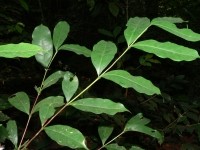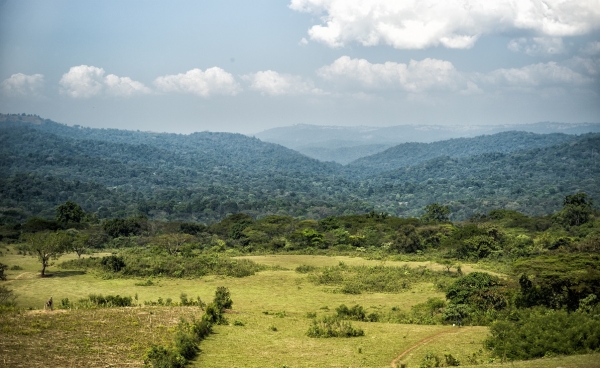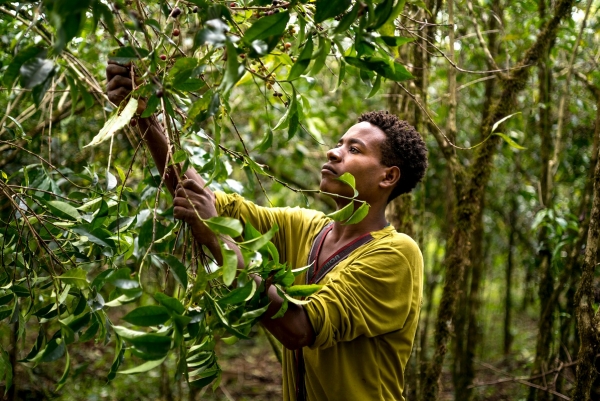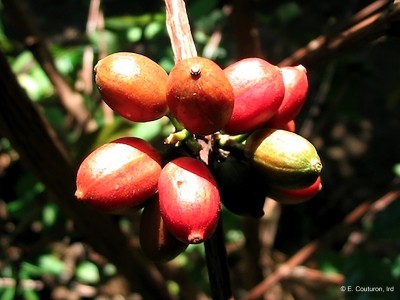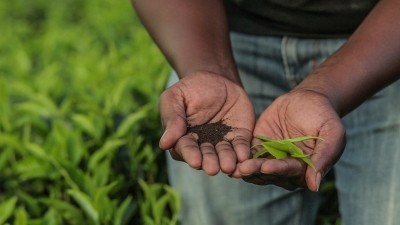‘This is the first time a coffee extinction risk assessment has been made – and the results are worrying’
‘This causes concern for the future of coffee production’: 60% of wild coffee species threatened with extinction
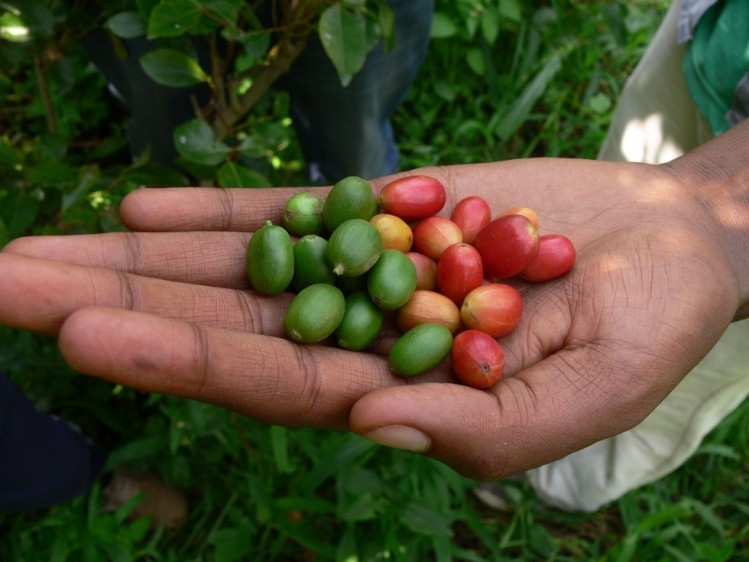
Scientists at the Royal Botanic Gardens in Kew, England, have carried out an International Union for Conservation of Nature (IUCN) Red List of Threatened Species assessment for all 124 coffee species.
The findings paint ‘a picture of concern for the long-term future of global coffee production’ – but scientists say interventions today could make a big difference to the future of the sector.
Beyond Arabica and Robusta: the importance of diverse species
The multi-billion coffee sector relies on just two species: Arabica (60%) and Robusta (40%). But with growing threats to coffee farming, it is likely that farmers will have to turn to other species for crop development.
But with 60% of all wild coffee species threatened, the potential of such species may be short-lived.
Dr Aaron Davis, Head of Coffee Research at Kew, said: “Among the coffee species threatened with extinction are those that have potential to be used to breed and develop the coffees of the future, including those resistant to disease and capable of withstanding worsening climatic conditions.”
Lost and found: Coffea stenophylla
Coffea stenophylla – also called the ‘Highland Coffee of Sierra Leone’ – grows in isolated patches in West African forests. Despite being fabled as a species with an ‘exquisite flavour said to surpass Arabica coffee’, it had not been seen in the wild since 1954.
In December 2018, Dr Aaron Davis (Kew) and Prof Jeremy Haggar (University of Greenwich) travelled to Sierra Leone to search for the species. At the end of their trip - after several hours walking through dense forest - they finally found some plants. But these plants are located in an area threatened by deforestation and human development.
“It is not yet known the influence species like C. stenophylla will hold for the future of global coffee production," say the researchers. "However, one thing is for certain: if wild coffee species become even more threatened, and even go extinct, our options for developing a resilient and sustainable coffee production sector rapidly diminish.”
What’s so special about wild Arabica coffee?
One of the coffee species under threat is wild Arabica coffee: whose populations are restricted to the humid forests of Ethiopia and a small area of neighbouring South Sudan.
These wild populations have considerable value as the main storehouse of genetic resources for the Arabica coffee used in commercial operations today, providing fundamental resources for Ethiopia and the global coffee sector.
"In Ethiopia, these genetic resources continue to provide an important source of new planting material for coffee‐farming, via seed and seedlings, including disease resistant variants, and the intrinsic (genetic) variation associated with the various flavour profiles found across the coffee landscape," write the researchers.
“Historically, and in recent times, wild Arabica coffee has provided germplasm for the development of the Arabica coffee sector outside Ethiopia. Protection of wild populations of Arabica coffee is therefore viewed as a key part of the long-term sustainability strategy for Ethiopian coffee production and the global coffee sector."
Despite the importance of these wild Arabica populations, there are 'serious threats' to the survival and genetic integrity of this species, continue the researchers.
"Amongst the most serious of these threats are deforestation, climate change, and genetic erosion. Recorded climate data in Ethiopia from the 1960s onwards show an average increase in the mean annual temperature of 0.28°C per decade, a shortening of the wet season, and an increase in the number of hot days.”
It is this impact from climate change that is the most worrying, says Dr Justin Moat, Head of Spatial Analysis at Kew and one of the researchers.
“Our initial evaluation of Arabica coffee suggested that it was not threatened with extinction in the wild. However, after factoring in climate change, it moved upwards by two categories to become an endangered species.
"These findings are so important as they indicate that the extinction risk to many other coffee species could be much worse if we consider climate change.”
Setting out to save coffee
While the research appears to set out bleak prospects for the coffee industry, the scientists say that appropriate interventions and planning measures could make a big difference to the future of the sector. They want their research to raise awareness of the risk to crop species and spur action in the sector.
“The results reported show that intervention could make a substantial difference to the future of wild Arabica coffee,” they say.
“If specific activities are undertaken (particularly assisted migration, forest preservation, and regeneration) the chances of the species becoming highly threatened (i.e. Critically Endangered) could be greatly reduced.
“Focused intervention actions, and especially forest preservation and reestablishment, could have a positive outcome for the species, humid forest cover, and ecosystem services, and the long-term sustainability of the Ethiopia coffee economy.”
The research has been published in two papers today: an International Union for Conservation of Nature (IUCN) Red List of Threatened Species assessment for all 124 coffee species in Science Advances; and an assessment of the status of Arabica coffee in Global Change Biology.
Key stats
- 60% of all coffee species are threatened with extinction. This is ‘extremely high’, given that the average for plants is 22%.
- Some of the coffee species assessed by researchers have not been seen in the wild for 100 years - and so may already be extinct.
- In Ethiopia – Africa’s largest coffee exporter – Arabica coffee’s natural population is estimated to shrink by around 50% by 2088 due to climate change. Meanwhile, 60% of the land used for Ethiopia’s coffee production could become unsuitable for use by the end of the century.
- The world’s coffee trade relies on two species: Arabica (60%) and Robusta (40%).
Images top to bottom: Aaron Davis, RBG Kew; Emily Garthwaite; Allan Schaller.
